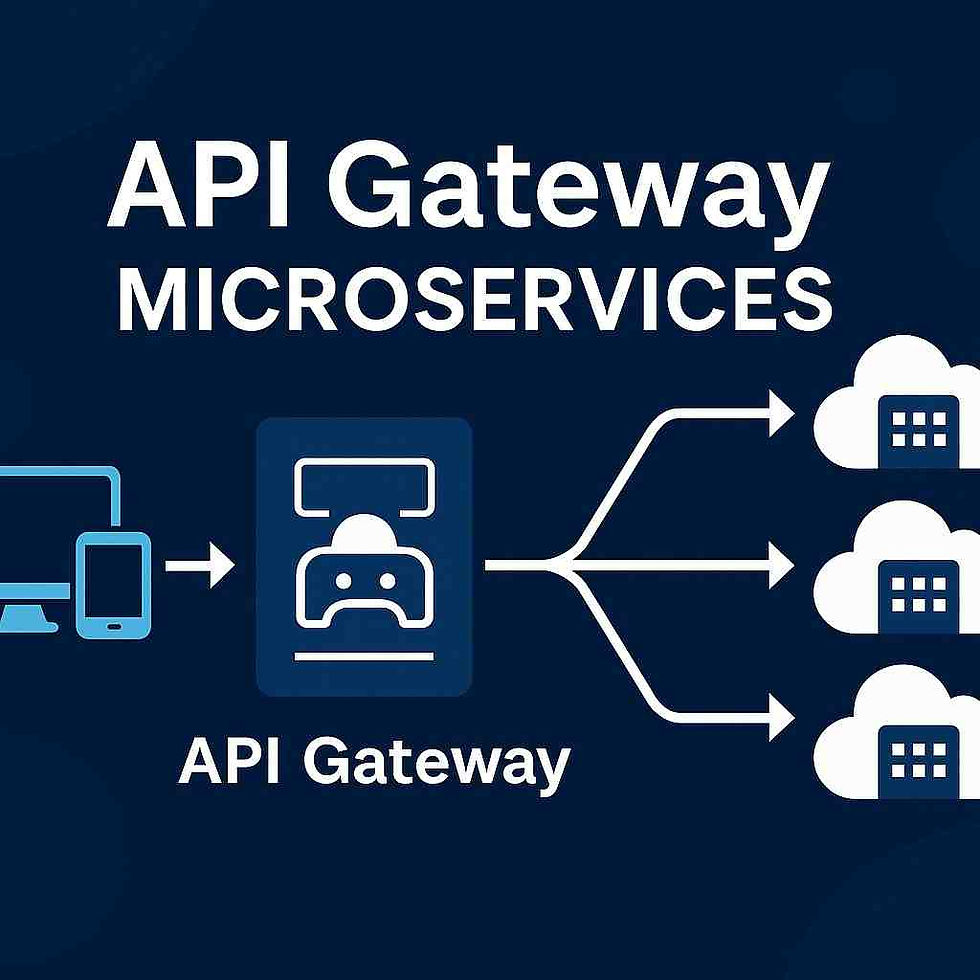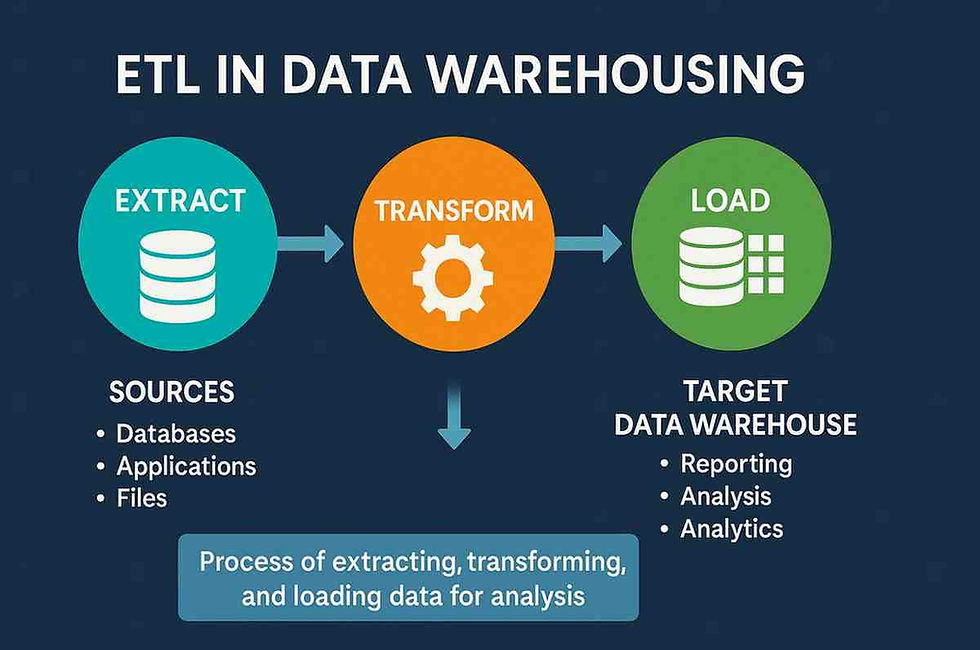Guide to Balancing Speed and Quality in CI/CD Pipelines
- Aravinth Aravinth
- Mar 8
- 4 min read
Introduction
Continuous Integration and Continuous Deployment (CI/CD) pipelines are essential for modern software development. They enable rapid software releases, improve efficiency, and streamline the deployment process. However, many organizations struggle to balance speed and quality in their CI/CD workflows.
On one hand, rapid releases are necessary to stay competitive, but they often lead to bugs, regressions, and performance issues. On the other hand, prioritizing quality through extensive testing can slow down development cycles.

So, is it possible to achieve both speed and quality in CI/CD pipelines?
The answer is yes! With the right automation strategies, AI-driven testing, and best practices, organizations can optimize their CI/CD workflows without sacrificing software quality.
In this comprehensive guide, we'll explore:
✅ Common CI/CD bottlenecks that impact speed and quality
✅ How AI-driven automation can optimize software testing
✅ Best practices to maintain high-quality releases at speed
✅ Overcoming resistance to AI-powered CI/CD optimization
✅ FAQs and key takeaways for CTOs, product managers, and QA leads
Let’s dive in!
Part 1: Understanding the Challenge – Speed vs. Quality in CI/CD Pipelines
Why Speed and Quality Often Seem Like Opposing Forces
The core challenge in CI/CD is finding the right balance between speed and quality. Companies that prioritize fast deployments often face increased production failures, while those focusing on high-quality assurance (QA) experience slower release cycles.
Here’s why:
🔴 Manual testing slows down releases – Traditional QA teams struggle to keep up with the pace of CI/CD.
🔴 Higher speed means higher risk – Rushed deployments often lead to security vulnerabilities, regressions, and broken features.
🔴 Unstable builds create bottlenecks – Without proper test automation, identifying and fixing defects becomes chaotic.
The root causes of this tradeoff often include:
❌ Outdated testing methodologies that don't integrate well with modern DevOps workflows.
❌ Insufficient automation, leading to slow feedback loops and unreliable testing results.
❌ Lack of AI-powered testing to enhance efficiency and test coverage.
Common CI/CD Bottlenecks That Impact Speed & Quality
Many organizations struggle with the following bottlenecks in their CI/CD pipelines:
🔴 Slow feedback loops – Delayed testing cycles prevent teams from identifying and fixing defects early.
🔴 Flaky tests – Unstable test cases generate false positives/negatives, reducing trust in automated testing.
🔴 Environment inconsistencies – Differences between dev, staging, and production environments introduce unexpected failures.
🔴 Security vulnerabilities – Rushing releases without thorough security testing increases compliance risks.
These challenges highlight the importance of automation and AI-driven testing to ensure both speed and reliability in CI/CD workflows.
Part 2: Breaking the Tradeoff – AI-Driven Optimizations for CI/CD
The Role of AI in CI/CD Pipelines
Artificial intelligence (AI) is revolutionizing software testing by reducing manual effort and improving test efficiency. Here’s how AI optimizes CI/CD workflows:
✅ AI-powered test automation – AI automatically detects regressions and ensures stable test execution.
✅ Intelligent test selection – AI prioritizes high-risk areas, reducing unnecessary test execution.
✅ Self-healing tests – AI dynamically adapts to code changes, reducing test maintenance efforts.
✅ Predictive failure analysis – AI anticipates potential failures before deployment, improving release stability.
By leveraging AI-driven automation, companies can maintain both speed and quality in their CI/CD pipelines.
How AI-Powered Testing Enables Faster, Higher-Quality CI/CD
AI-driven testing platforms like Devzery, Selenium, and Cypress bring significant benefits:
✔ Codeless API Regression Testing – Automate end-to-end validation without complex scripting.
✔ Real-time monitoring & anomaly detection – AI-driven insights ensure stable production releases.
✔ Seamless CI/CD integration – Works with Jenkins, GitHub Actions, and GitLab CI/CD.
✔ Scalability for enterprises – Supports large-scale software teams managing multiple microservices.
By integrating AI into CI/CD workflows, enterprises can accelerate software delivery while reducing defect rates.
Part 3: Best Practices to Maintain Speed Without Compromising Quality
1️⃣ Shift-Left Testing – Catch Bugs Early
Shift-left testing involves running tests earlier in the development cycle to identify issues before they become critical.
🟢 Continuous testing in pre-production improves defect detection.
🟢 Code reviews & automated unit tests reduce production failures.
🟢 Security testing before deployment prevents compliance risks.
2️⃣ Automate Everything – Test Automation Strategies
Test automation is key to balancing speed and quality. Organizations should focus on:
⚡ Unit testing & integration testing – Automate fundamental test cases.
⚡ AI-driven API regression testing – Identify breaking changes quickly.
⚡ Performance & security testing automation – Ensure stability before release.
3️⃣ Continuous Monitoring & Feedback Loops
Monitoring performance, logs, and security vulnerabilities is crucial for production stability.
🔵 AI-driven alerts help teams detect and fix issues before they impact users.
🔵 Real-time monitoring ensures smooth performance after deployment.
🔵 Automated rollback mechanisms prevent major outages.
By adopting these best practices, teams can maintain a fast and reliable CI/CD pipeline.
🔄 Part 4: Overcoming Resistance to AI-Driven CI/CD Optimization
Addressing Myths About AI in Software Testing
🚫 “AI will replace testers” – No, AI enhances productivity by automating repetitive tasks.
🚫 “AI is only for big tech companies” – AI-powered testing is scalable for enterprises of all sizes.
🚫 “Automated tests are unreliable” – AI-powered self-healing tests improve reliability over time.
How to Convince Leadership to Invest in AI-Powered QA
💰 Cost savings – Reduced defect rates lower maintenance costs.
⚡ Faster release cycles – Automated testing accelerates CI/CD workflows.📊 Improved software quality – AI-driven testing enhances reliability and performance.
FAQs: Balancing Speed & Quality in CI/CD
1️⃣ What is CI/CD and why is it important?
CI/CD ensures fast, automated software releases by integrating and deploying code changes frequently.
2️⃣ Can AI improve both speed and quality in CI/CD?
Yes! AI accelerates testing, reduces manual effort, and improves test reliability.
3️⃣ How does automated API regression testing help?
It prevents regressions, ensuring stable software releases at high speed.
4️⃣ What tools integrate AI with CI/CD pipelines?
Solutions like Devzery, Selenium, and GitHub Actions optimize CI/CD automation.
🎯 Key Takeaways
✅ Speed and quality in CI/CD pipelines are achievable with AI-driven automation.
✅ Common bottlenecks include slow feedback loops, flaky tests, and security vulnerabilities.
✅ AI-powered testing enables faster deployments with fewer defects.
✅ Best practices include shift-left testing, test automation, and continuous monitoring.
✅ Devzery’s AI solutions help enterprises streamline their CI/CD pipelines.




Comments